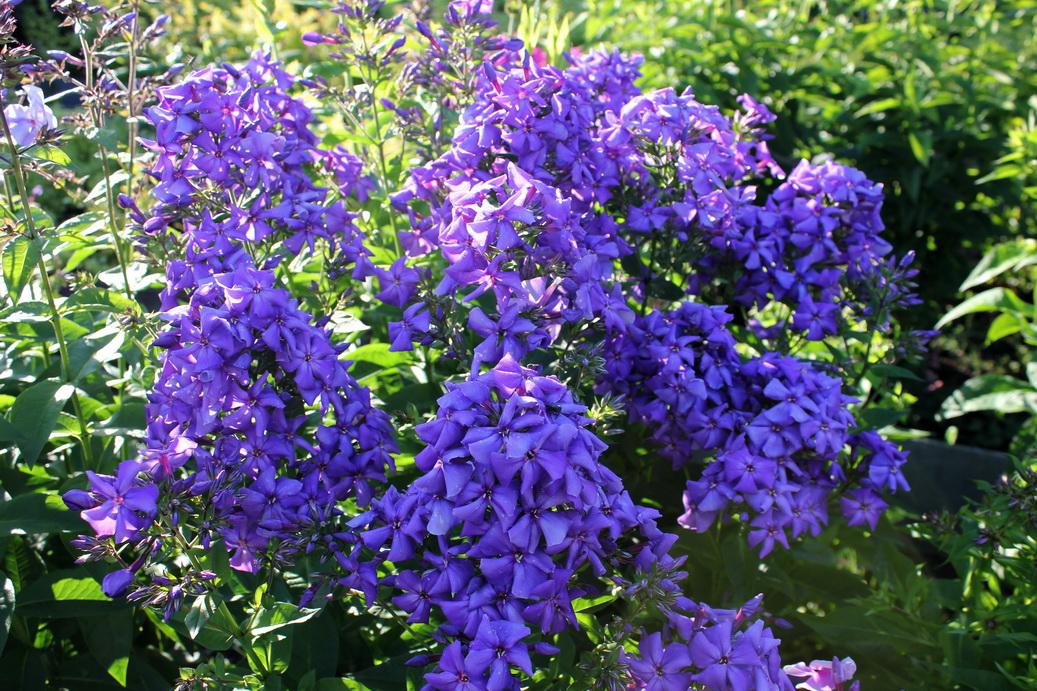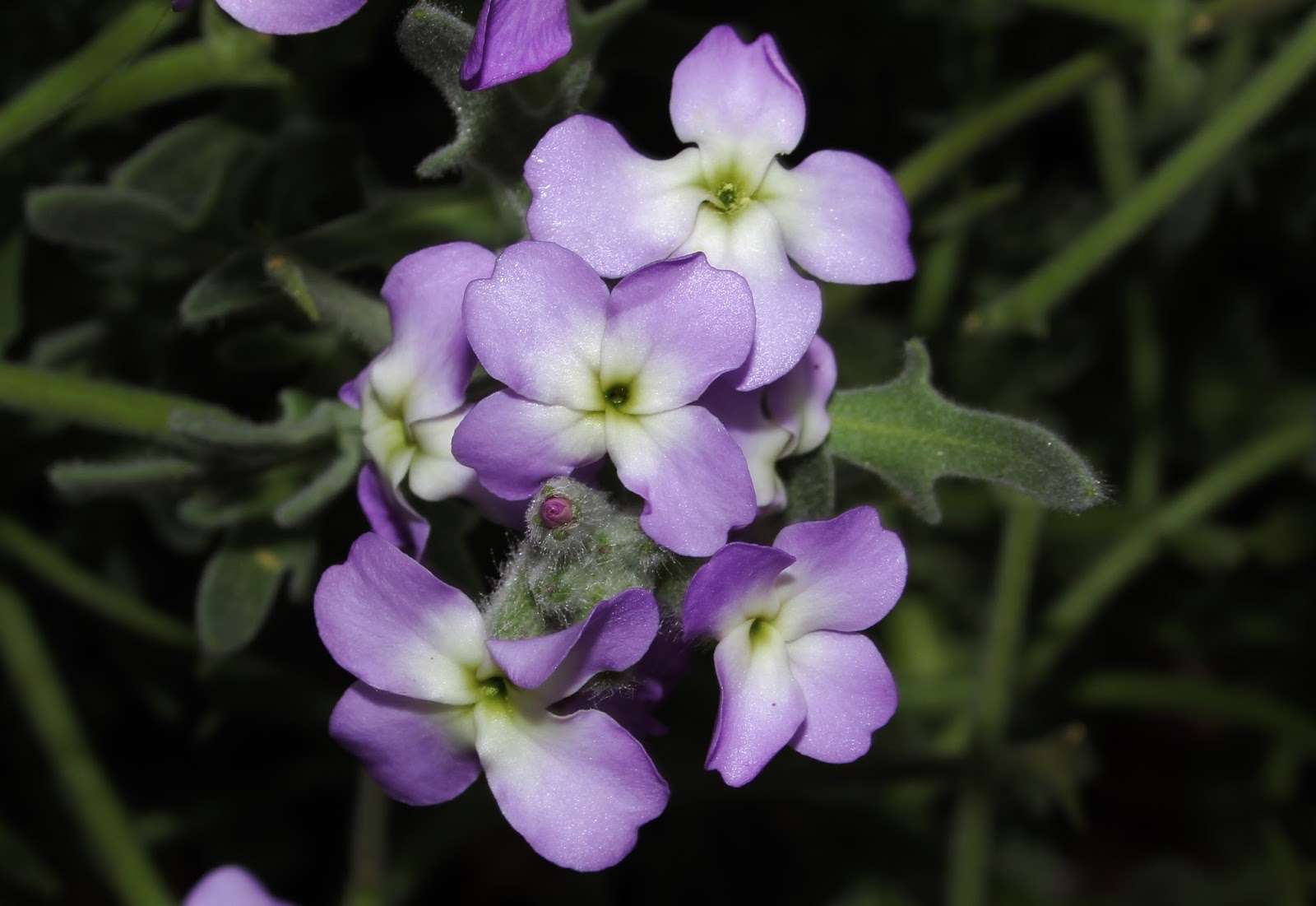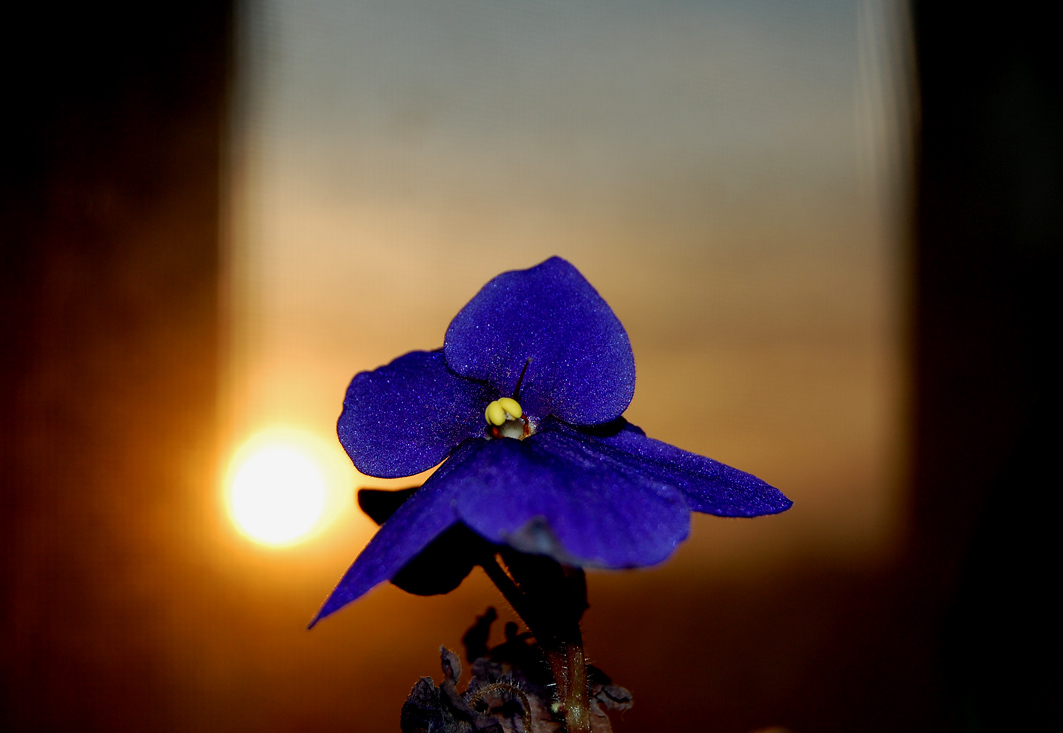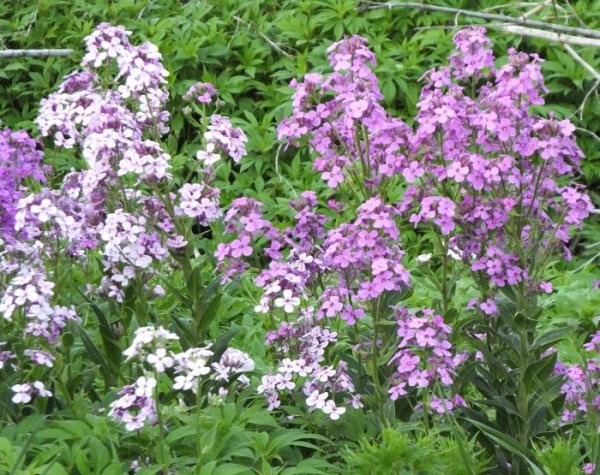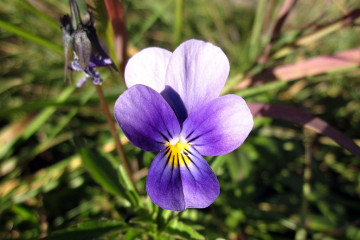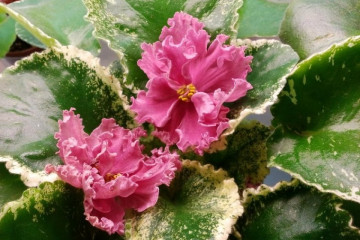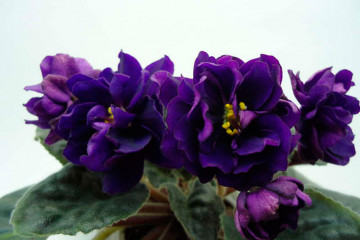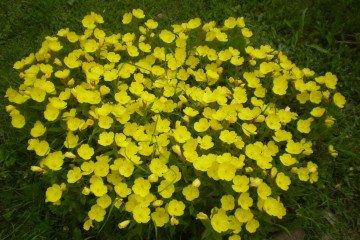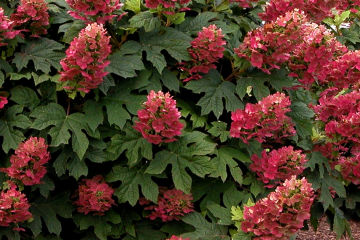Night violet - what it is called and what it looks like
Content:
Night violet blooms in the evening and pleases the eye with wonderful beauty. She is rightfully called the queen of the garden at night. But not many people know that these flowers are not related to violets.
What does a night violet look like?
The night violet is called the perennial hesperis, as well as pink mattiola. The most common name among the people is the Matrona's Vechernitsa.
In total, over 40 varieties of the plant are known. Night violet is popular in the Asian part, European and in Russia, most of all in the central regions and Eastern Siberia. Distributed in the Caucasus. This is where the most favorable conditions for growth.
Night violet is a flower that is suitable for growing in gardens, gazebos, and also grows well on balconies. Many recreation areas, thanks to her, look attractive at any time of the day, and the evening smell will only improve your mood. With good care, the plant will delight with its beauty from the beginning of May to the end of July. Shrubs are used in urban landscapes, they decorate alleys and squares.
Vechernitsa is a biennial plant. Belongs to the cabbage family and to the dicotyledonous class. In the first year after planting, as a rule, flowering does not occur, but only the next year the shrub will delight you with its flowers. But to a greater extent, this condition applies to plants that have been planted in open ground.
Vechernitsa grows up to 0.5-1 m in height. The stems, covered with pile, have branches. The leaves, pointed towards the base, reach up to 12 cm in length and up to 4 cm in width.
The flowers themselves have 4 petals. The inflorescences may differ in shade, it depends on the variety. They can be white or pale lilac. The petals are usually smooth in structure. But experienced florists can get rare flowers of a different shade, terry to the touch.
The flowers form rounded inflorescences up to 30 cm long. The aroma from the buds is strongest in the dark. This is the main difference from other garden flowers.
Shrubs bloom on average from 30 to 50 days. It all depends on good plant care. Provided proper maintenance, the flowers will delight the owner for a long time.
The basics of caring for night violets outdoors
Vechernitsa is a versatile flower that grows both on the balcony and in the open field. Growing outdoors requires the most trouble.
Lighting
The plant is not picky. It is easy to plant and easy to care for. Depending on the variety, you must carefully choose a planting site. In most cases, places with sufficient light are preferred for night violets. Some varieties prefer partial shade and feel great under tree crowns.
Watering
After planting, the night violet will need a special watering regime. Watering the flower too often and too much is not worth it. To avoid high humidity around the flower, it is necessary to lay drainage. Watering is best done once a week in the morning.In case of increased dryness, you can increase the number of watering up to 2 times a week, as too dry soil can negatively affect flowering.
Priming
For planting, it is best to use slightly alkaline soil. After each watering, the land should be loosened, since the shrub loves the air.
Highly oxidized peat soil is absolutely contraindicated. In such a land, perennial shrubs will not survive. Vechernitsa is finicky in terms of the ground. The right choice will guarantee a beautiful flowering.
Top dressing
For a shrub to grow healthy, it must be fed. For this, at the very beginning of the flowering period, mineral fertilizers in the complex are best suited. After the beginning of flowering, it will be enough to add ash once a month. This will make the soil loose and allow enough oxygen to pass through. In addition, ash has excellent antiseptic properties.
In winter, the shrub is able to withstand temperatures down to -20 ° C. Therefore, the flower does not require special care and shelter for the cold period. Frost resistance for gardeners is one of the main factors when choosing garden plants.
When and how it blooms - species comparison
Vechernitsa has many names and types, each of which has its own characteristics.
Matrona's purple nocturnal
An ornamental shrub, large purple flowers fold into a cylindrical shape. They have a very bright floral aroma. You can plant directly in open ground with seeds in May-June.
Hesperis Romance
The most popular white-flowered biennial that will look great anywhere. This variety has a mild aroma at night. The plant prefers well-lit areas. Used to decorate alleys and walking paths, as well as large flower beds.
Hesperis Inspiration
A wonderful biennial that all the household will admire. This is a plant with simple multicolored flowers that are combined in one brush.
The shrubs reach a height of 90 cm. The aroma of flowers is very pleasant and light. The inflorescences of this variety will look great in any bouquet. The main distinguishing feature of the variety is frost resistance.
Matron's Crimson Vecher
The most common variety of the Night Violet. A large number of bright crimson flowers are located on branched straight stems. In the evenings and nights, a pleasant and bright aroma emanates from the shrub.
It is best to plant with seedlings in late May-early June at a distance of 30 cm from each other. This condition is due to the fact that after the capsule ripens, the seeds can scatter around the bush and begin to sprout.
Vechernitsa Night Beauty
A very beautiful and bright plant. Gardeners love this variety for its grace and warm scent at night. The flowers have a delicate purple color and are collected in large inflorescences. The shrub reaches a height of 60 cm.
The night beauty is frost-resistant and stress-resistant, not afraid of various parasites. This factor increases the interest of gardeners in the variety. In addition, it is also suitable for breeding on the balcony.
Many species and varieties of Night Violets are known. Since ancient times, the shrub has served as an excellent decoration for any site and garden. The soft and bright scent of flowers cannot leave anyone indifferent. The night violet flower is widespread among gardeners and landscape designers.
Seeds of night violets ripen in pods from inflorescences. After a flowering period, they can be carefully dumped and planted the next year. And also you can leave and not disturb. Over time, the seeds will fall out on their own and end up in the soil. Next year, you can already expect the first shoots, but flowering only after a year.
